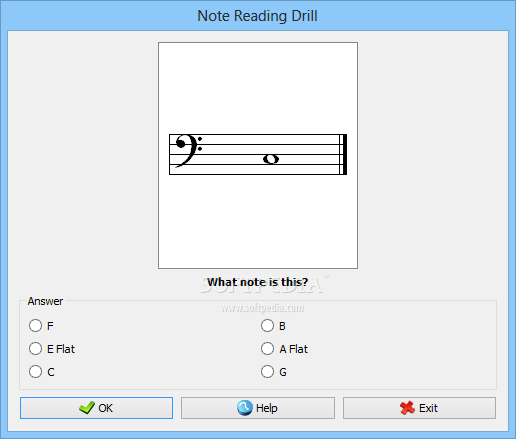
The intervals 4, 5, 8, and unison have long been considered special/more pure intervals. the interval from 1 to itself is a perfect unison (PU). The interval from 1 to 4 is a perfect fourth (abbreviated P4), from 1 to 5 is a perfect fifth (P5), and from 1 to 8 is a perfect octave (P8). which scale degrees are exactly the same in the two scales? you'll see that scale degrees 1, 4, 5, and 8 in the two scales are exactly the same. the F major scale and its parallel minor, F minor, are given in example 6.6. To find the quality of small intervals, count half steps: minor intervals are a half step smaller than major intervals. How are two intervals different when they share the same size but not the same number of half steps? when two intervals share the same interval size but not the same number of half steps, they differ in quality. minor third an interval that spans three half steps major third an interval that spans four half steps minor second an interval that spans one half step major second an interval that spans two half steps key concept however, there are times when it is important to label the span of an interval exactly. Often, you will want to label an interval without regard for the "extra" octaves between pitches - writing 3 instead of 10, or 5 instead of 12. Labelling compound intervals exactly is only an ornamental skill labelling intervals with their simple equivalent is always more useful and generally preferred. if the interval is compound, also write the simple-interval equivalent in parentheses. try it #2įor each shaded interval (simple or compound) in example 6.4, write the interval size in the corresponding blank below. when naming compound intervals, why is it important to add 7 instead of 8? we add 7 rather than 8 because we number the unison as 1 rather than 0. add 7 rather than 8, because we number the unison as 1 rather than 0.

#MUSITION 5 PLUS#
60-64 (left hand) simple interval an interval of an octave or less compound interval an interval larger than an octave what is the procedure for naming compound intervals? to name compound intervals, add 7 to the simple interval, as in example 6.3.įor example, a second plus an octave equals a ninth, and a fourth plus an octave equals an eleventh. write the size of each interval in the blank, as quickly as possible. The intervals notated in this exercise are from measures 60-64 of example 6.1 (Handel, Chaconne in G Major, Variation 5, mm. Seconds, fourths, sixths, and octaves always have one pitch on a line and one on a space.

for sevenths, skip two spaces or lines. for thirds, the lines or spaces are adjacent. thirds, fifths, and sevenths always have both pitches on lines or both on spaces. Seconds, fourths, sixths, and octaves always have _. Thirds, fifths, and sevenths always have _. Learn these visual landmarks to identify interval sizes quickly.


 0 kommentar(er)
0 kommentar(er)
